
Knitting Job Description
What is a Knitting Professional?
A knitter is a person who uses two needles and yarn to create fabric. The process of knitting involves passing the needle through loops of yarn to interlock them together. This creates a flexible, durable fabric that can be used for clothing, blankets, or other items. Knitters typically start with a basic understanding of the craft before moving on to more complicated techniques. They must be able to select the appropriate yarn and needles for their project, as well as understand how tension affects their work. In addition, knitters must be able to read patterns and follow instructions.

What does a Knitting Expert do?
Many knitters enjoy creating unique items such as sweaters, hats, or scarves. Others prefer working on simple projects such as dishcloths or blankets. Some even make a living by selling their handmade creations online or at local craft fairs.
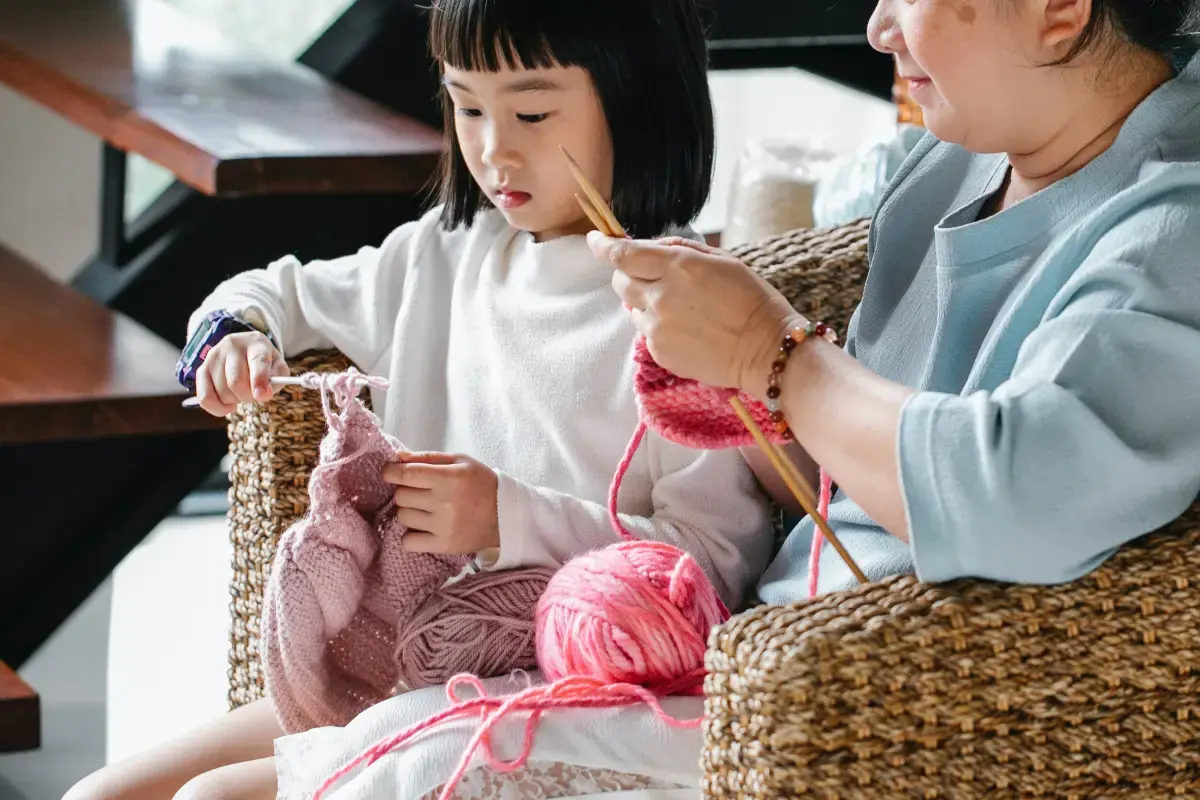
What are the Skills of a Knitting?
There are a few things that you need to be able to do before you can start knitting. First, you need to be able to make a slipknot. This is what allows your yarn to stay on your needle while youre working with it. Second, youll need to know how to cast on. Casting on is what gives your work its foundation - without it, your stitches would have nowhere to "sit" and they would all fall off of the needle! Third, once youve got those first two steps down, youll need to knit and purl stitches in order to properly execute most basic stitch patterns (and many more advanced ones!). And last but not least - dont forget about gauge!
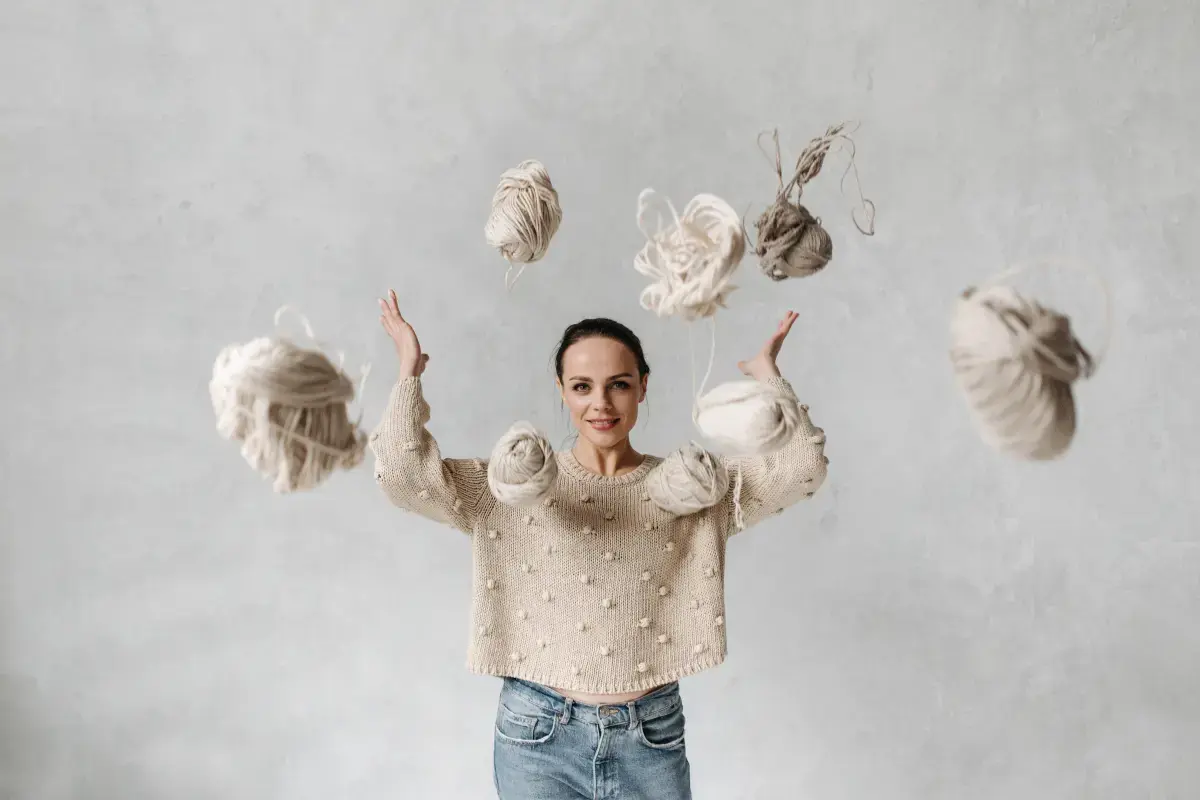
What makes an Expert Knitting?
Gauge is important for any knitted item because it helps ensure that desired finished measurements are achieved. In terms of experience, there really isnt much required other than perhaps some patience when learning new techniques or working with difficult materials. However, practice certainly makes perfect; the more time spent knitting (or crocheting),the better one becomes at reading patterns ,pronouncing tricky abbreviations ,selecting appropriate needles & hooks sizes etc . Nowadays YouTubeis crammed full of helpful video tutorials which can guide even complete beginners through their early projects step-by-step making the process easier and less daunting
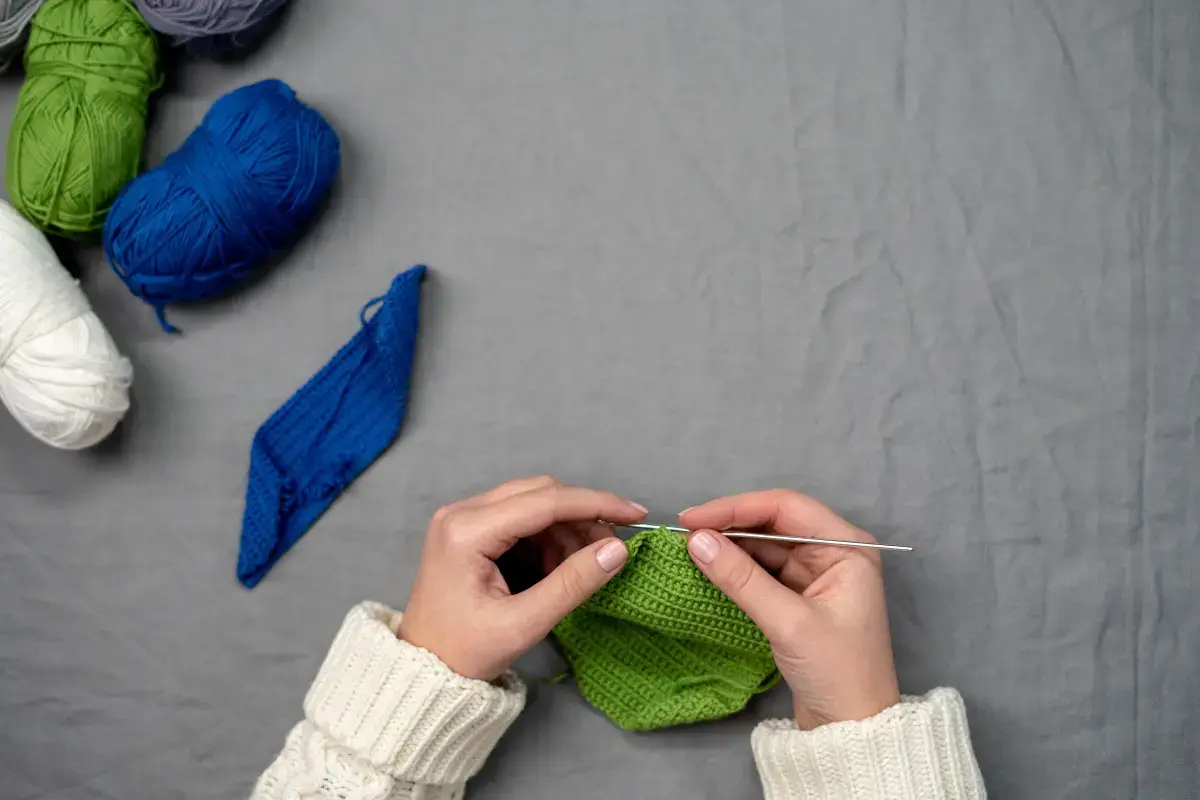
What level of Experience & Qualifications are required to be a Knitting?
1. Hands-on experience: Knitting experts should have extensive hands-on experience either in apprenticeships or by taking classes to become experienced with operating a variety of different types of knitting machines and tools. 2. Formal training: Many craft stores offer classes on the basics of knitting, and experts should have some basic knowledge about these techniques before attempting more advanced stitching techniques. In addition, some specialized courses are available for those who want to specialize in a certain type of knitting (e.g., cable knit). 3. Vocational qualifications: Expert knitters need to obtain certain vocational qualifications like NVQ Level 3 in Knitting Technology or Private/Publicly recognized qualifications from national awarding bodies such as City & Guilds and QCF/IQF from British Safety Council, Health & Safety at Work etc in order to be considered eligible for work positions as an expert knitter around the world . 4. Education: Colleges offer various courses related specifically to the technical aspects of knitting technology, which may qualify one individual as an expert knitter faster than simply learning through experience alone.. A bachelors degree is preferred but not necessarily required for this position; depending on employer preference it may be suggested that expertise is evidenced via academic qualification(s).
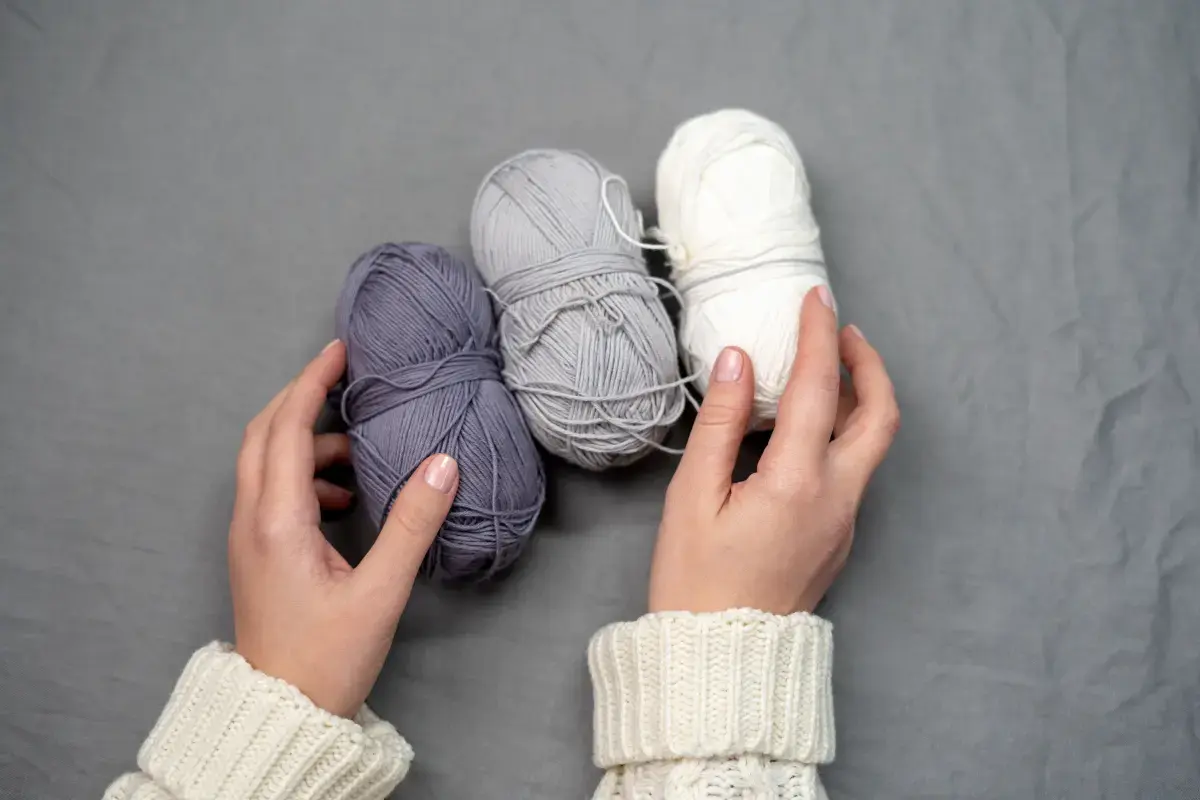
What is the Salary of a Knitting?
The salary expectations of a knitter will vary depending on the individuals qualifications, experience, and location. For junior knitters with up to two years experience in the field, salaries are typically between $12 and $20 per hour. These knitters usually work on basic projects that do not require complex stitches or designs. As their skillset increases and they become more experienced, salaries may also increase to between $20 and $30 per hour for mid-level knitters with at least three years experience in knitting. This level of knitter is expected to be able to create more intricate patterns as well as design articles of clothing from a pattern using their own creativity within this price range. At the senior level, fully qualified or expert knitters can make upwards of up to around $45 an hour if they have five plus years’experience in the industry. Senior knitters are expected demonstrate advanced skills such asthose that would be needed for tailoring complex garments quickly including being able toproperly block garments after having completed them correctly according tobest practices for detailing at higher levels quality standards associated withexpensive clothing items such as cashmere sweaters . Additionally oftentimes seniorknitters will specialize further into niches like toy-knit creations whichcan garner significantly higher paychecks around anywhere from$50+.

What are the Working Conditions for a Knitting?
A knitter typically works in a small workshop or factory that specializes in manufacturing knitted items. These workshops can range from family-run businesses to large factories, with varying degrees of working conditions. Generally, knitters use machines such as knitting looms, circular knitting machines and flatbed knitters to produce the items they are required to make. The machines used vary depending on the particular type of product being made and the desired output speed. Knitters must be prepared for extended periods of standing up or sitting down as some operations require sitting for long periods of time while creating complex patterns or finishing touches in garments. As with any workplace environment, following workplace health and safety standards is also critical when it comes to maintaining a safe work environment for all involved in producing the garments or fabrics being created by the knitter team. In addition to these guidelines, providing an adequate amount of space is crucial from both a hygiene perspective but also ergonomics. In these preparation areas its important that adequate lighting exists and there should be enough room so workers can move between tasks easily without any disruption/inconvenience due over-crowding other workers who may be doing delicate/more intricate tasks requiring greater concentration levels than your own job requires (for instance someone using a sewing machine). Low noise levels should exist too so everyone can communicate freely without having their voices drowned out by loud machinery humming away nearby - this creates an atmosphere conducive towards collaboration & collective problem solving which helps drive industrial efficiency & productivity even higher
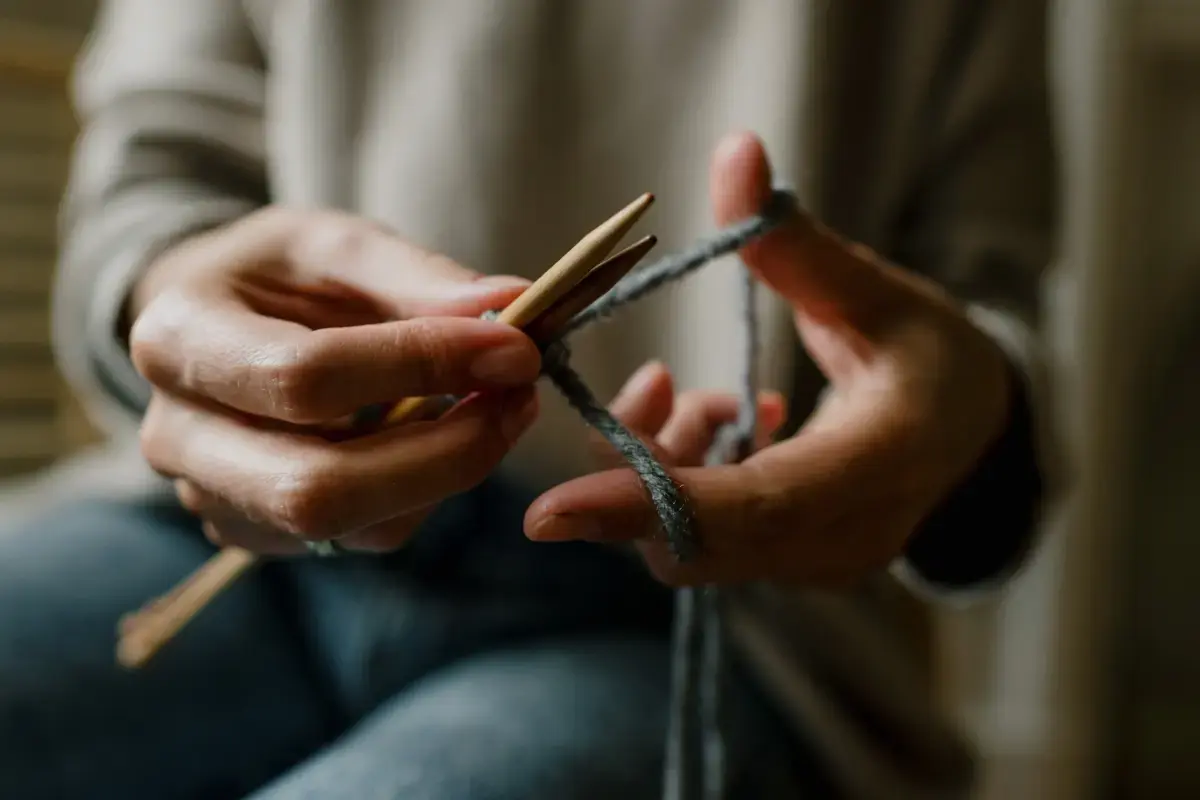
What are the roles and responsibilities of a Knitting?
Read patterns and follow instructions to create a product.
Select yarns, needles, and other materials needed for each project.
Calculate the amount of yarn required for each project.
Choose proper needle size and type of knitting stitches for each project
Determine gauge (the number of rows per inch or centimeter)
Cast on stitches
Knit stitch
Purl stitch
Increase or decrease the number of stitches
Join new balls or skeins of yarn
Weave in ends
Block projects
Seam pieces together
Make buttonholes
Follow charts
Embroider details
Crochet edges
Help others learn to knit
Serve as a model
Give critiques
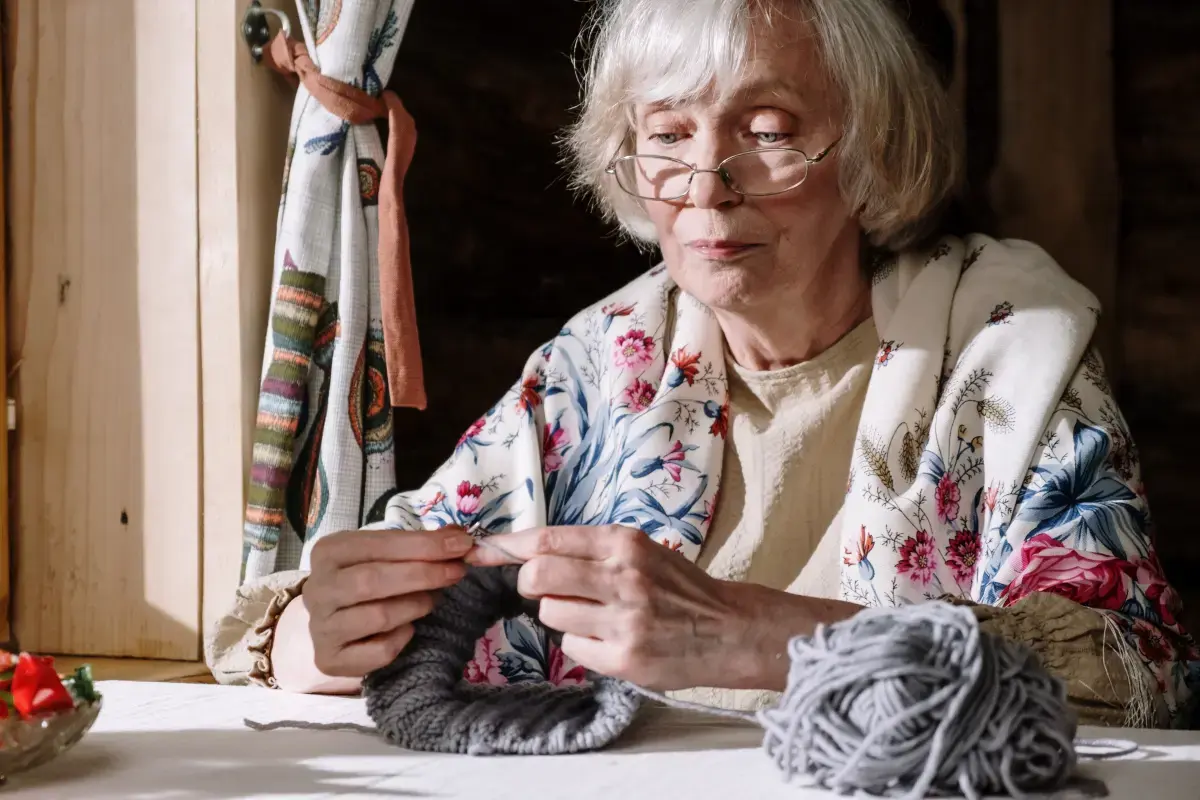
Where can I find Knitting jobs?
- Create a profile on gigexchange and promote your Knitting skills to advertise you are Open to New Work Opportunities
- Ensure your Resume (or CV), or online work profile is up to date and represents your skills and experience. Ensure your reputation reflects your ability & attitude.
- Apply for Knitting Jobs advertised on gigexchange.
- Practise Knitting interview techniques to ensure you represent your personality and ability succinctly and confidently.
- Accept the job offer if the salary meets your expectations and the employer mission and purpose reflects your core values.
Jobs
What are the best job boards for Knitter jobs?

How can I hire Knitting staff online for my business?
The best job board for recruiting Knitting experts is gigexchange.com. Advertise full-time, part-time or contract jobs to find, hire & recruit trusted, experienced and talented Knitting candidates near you.
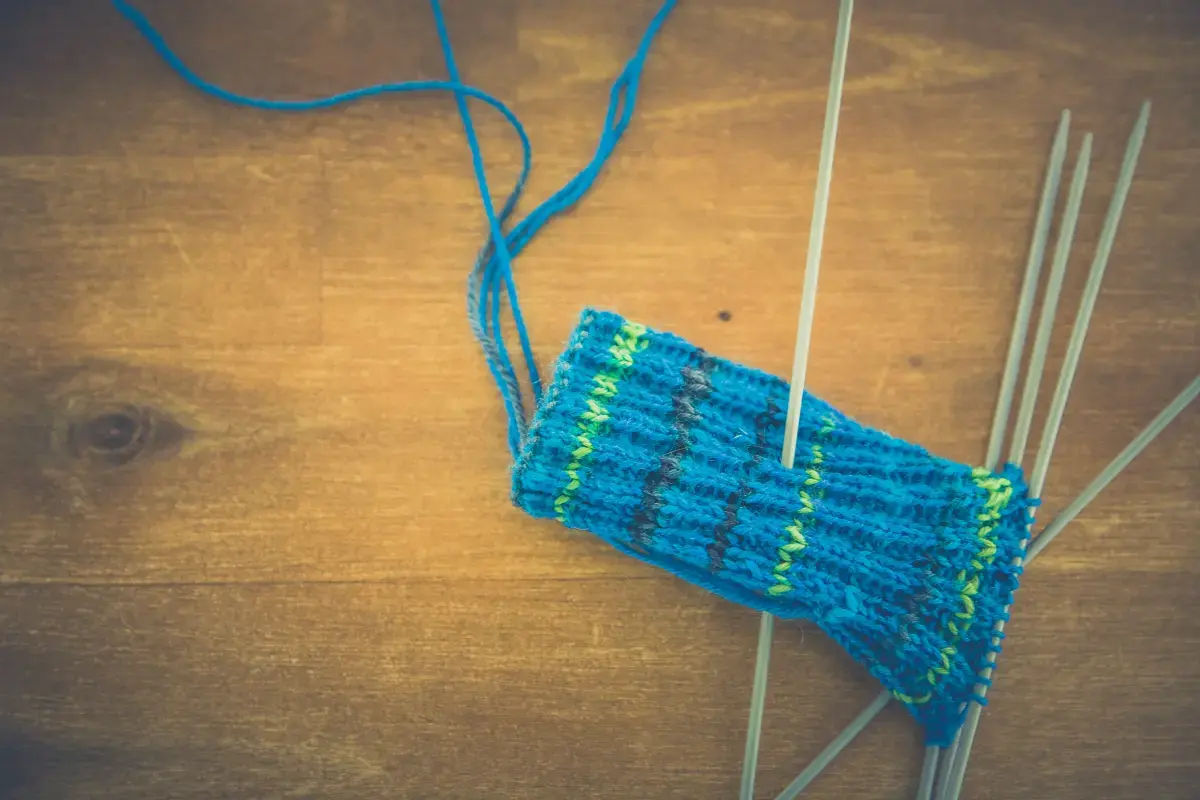
Are Knitting roles in demand in 2026?
Knitting experts are still in high demand in 2026. If you are an experienced Knitting or looking to train and become one. The job market is looking strong for Knitting jobs near me.